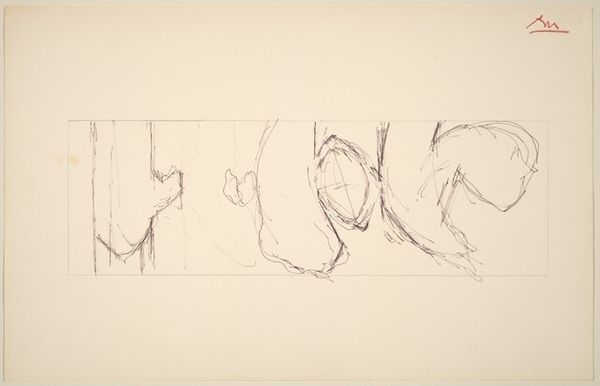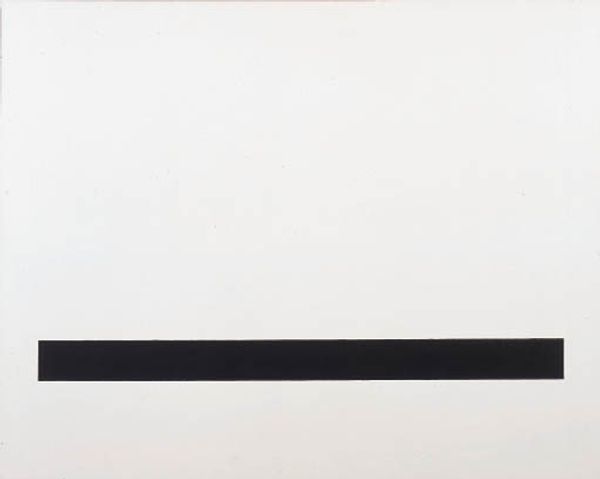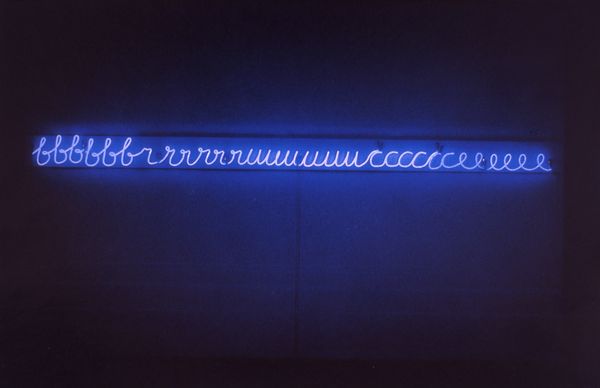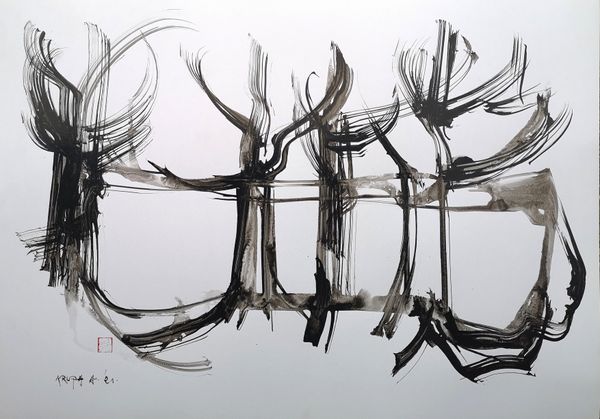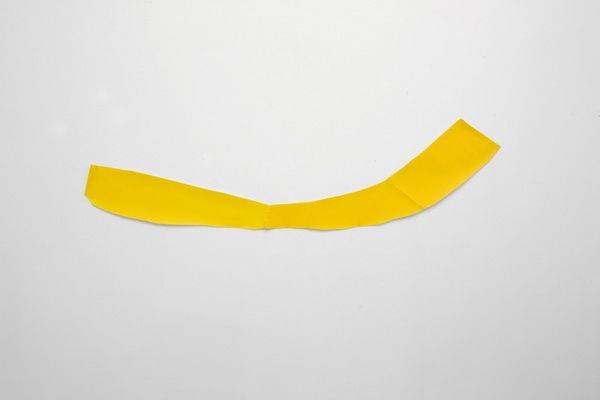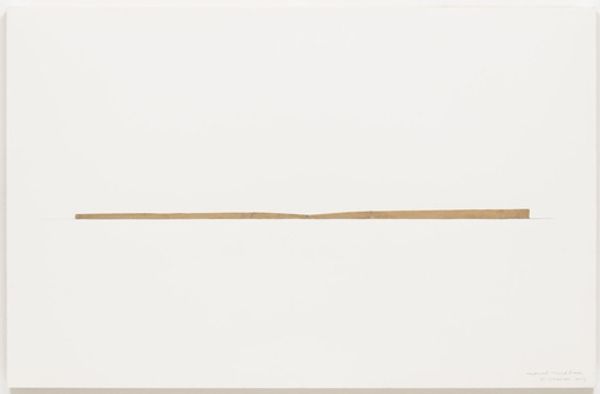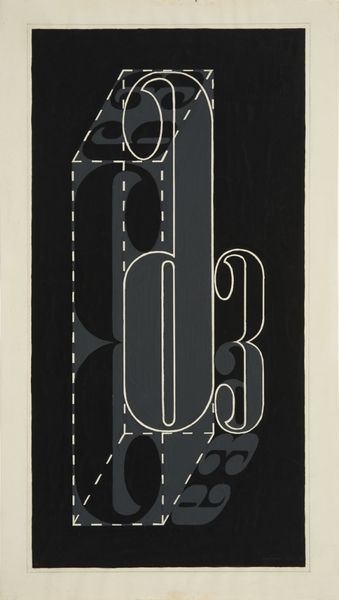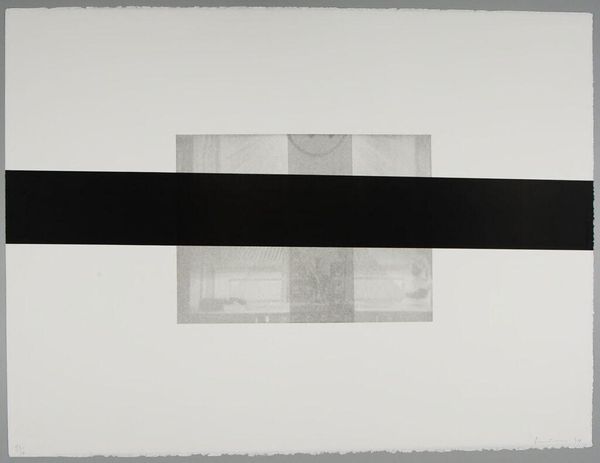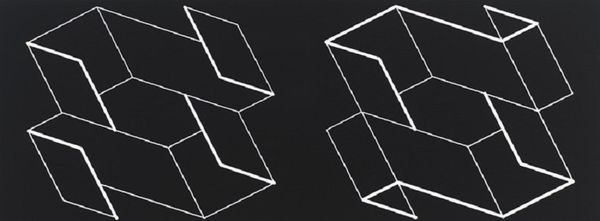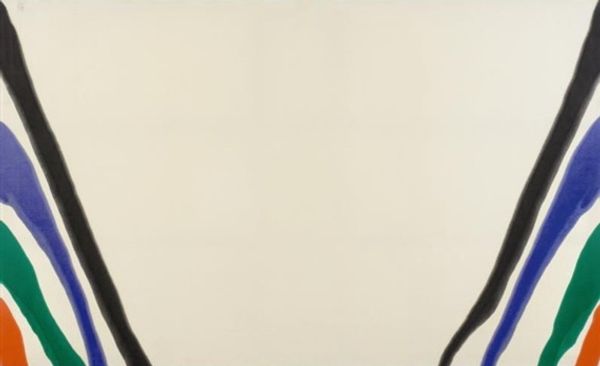
Copyright: Markus Raetz,Fair Use
Curator: Well, that's certainly…stark. An imposing sculpture in simple metal. Editor: We are looking at "Oui/Non" created in 2001 by Markus Raetz. Raetz frequently played with perception. I wonder what lies behind his choices? Curator: Visually, I'm struck by the sheer industrial feel of it. The dark, unadorned metal base and the three-dimensional rendering of text… it reminds me of signage, perhaps, something produced en masse rather than crafted by hand. The production processes and intention surely come to mind. Editor: The choice of "Oui/Non" itself is intriguing. These contrasting affirmations become almost purely visual, drained of their immediate social utility, prompting reflection on the systems of meaning that museums like this rely upon. And how that text, divorced from direct communication, operates in the postmodern context, nodding to and perhaps questioning the stability of meaning. Curator: It's certainly effective. Considering it’s crafted in metal – an industrial material. Is there commentary here about labor? About artistic work versus mass-produced commodities? And the consumption that necessarily comes with that? Editor: It absolutely implicates the viewer. Raetz’s positioning of simple words provokes immediate social interpretations about intent, belief, conviction and even opposition. How does this object play its role on public consumption and meaning? Curator: The sculpture’s almost minimalist aesthetic could be seen to enhance its impact by presenting just what is materially present without pretense, its literal forms creating the full conceptual experience. No flashy surface treatment here. Just metal, form and text. Editor: Exactly. And that placement – a museum, an art context – inherently asks us to consider our cultural values, who determines those values, and how a society enshrines particular narratives. And its aesthetic lineage? One needs an art history museum to truly understand those threads. Curator: Precisely. Its commentary lies in the construction of its visual components. By simply using materials and industrial production techniques, the questions are more about social contexts of those choices than any supposed intention by Raetz. Editor: Absolutely, understanding its aesthetic origins is fundamental to unraveling the institutional practices. Looking at it afresh, "Oui/Non" by Raetz continues to beg questioning perspectives, as indeed all artwork should.
Comments
No comments
Be the first to comment and join the conversation on the ultimate creative platform.
